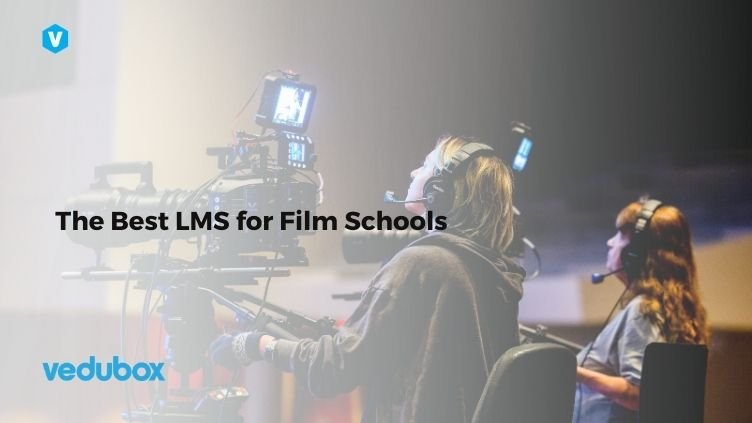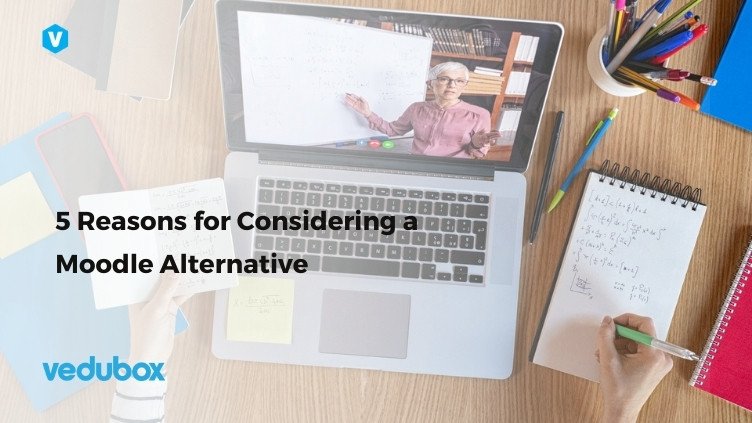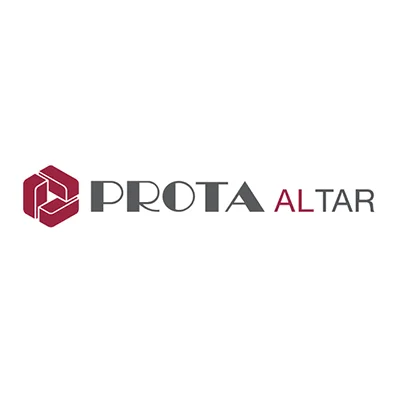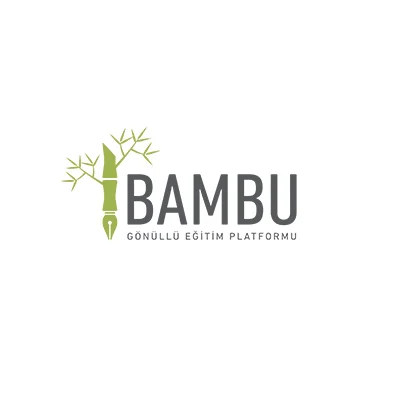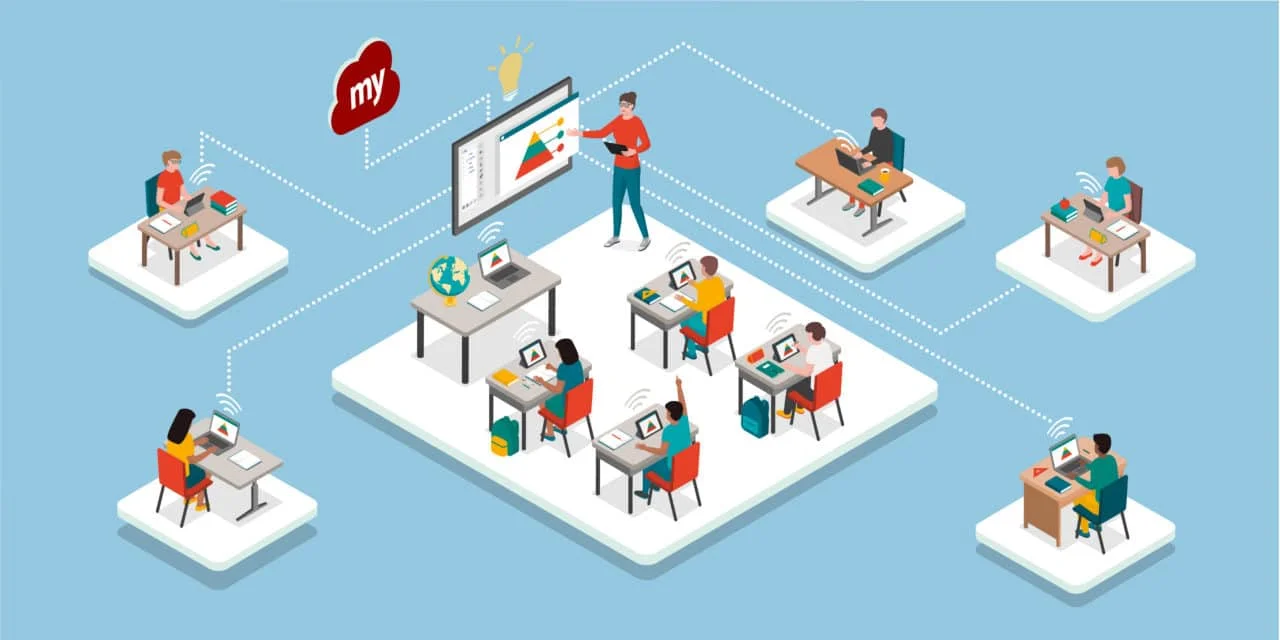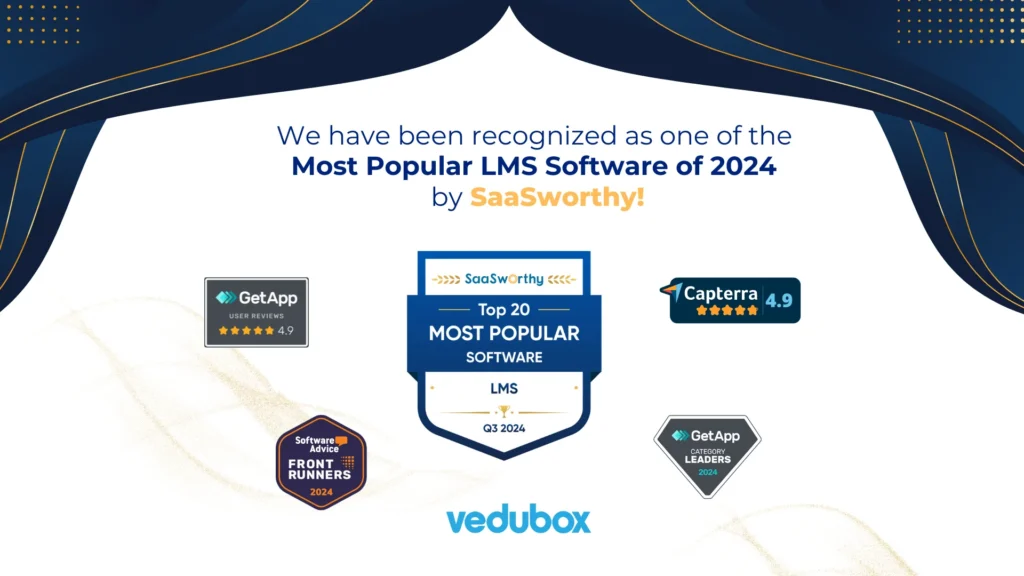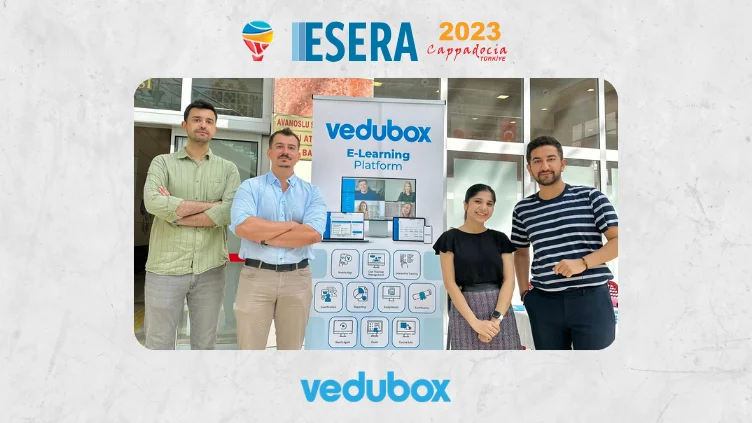‘Hybrid’ is one of those words that seems to pop up everywhere these days. The word simply refers to something that is a combination of two or more elements, but neither of those things. While the term had previously been primarily used in biology, it’s now also commonly seen in several spheres of life, from the automotive industry to business, describing a specific operational method.
What Is Hybrid Learning?
Hybrid learning (or hybrid education) combines remote and on-site operations, offering a choice between remote learning and in-class participation. The latest technological advancements, as well as the circumstances created by the COVID-19 pandemic, have significantly accelerated its utilization.
What Is Blended Learning?
Blended learning is a term that often gets tossed around alongside hybrid learning, but the two aren’t quite identical. Blended learning describes an educational model that strategically integrates traditional face-to-face classroom instruction with online learning activities.
This approach offers web-based learning where students can access materials and participate in lessons from anywhere at any time, while still preserving essential in-person sessions between teachers and students. The goal is to combine the best aspects of both learning environments to create a more flexible, effective, and personalized educational experience.
The Advantages of Hybrid Learning and Hybrid Education
The hybrid model offers a compelling set of advantages, primarily centered on flexibility.
- Greater Flexibility and Accessibility: Students can juggle classes with jobs, family, or whatever else life throws at them. No matter where you are — so long as you have an internet connection — you can join in.
- Personalized Learning Experiences: Whether you’re traveling, under the weather, or just prefer learning from home some days, hybrid learning lets you keep up without missing a beat.
- Cost and Time Efficiency: Less time spent commuting means more time for everything else. Schools can also make better use of their classrooms, saving both money and space.
Advantages of Blended Learning
Blended learning offers distinct advantages rooted in its integrated pedagogical approach.
- Enhanced Learning Experience: Teachers can flip the script — sending lectures and reading home, and saving class time for lively discussions, group projects, and hands-on experiments.
- Increased Student Engagement: Mixing things up with videos, online quizzes, and in-person labs means there’s something for every learning style — and it keeps boredom at bay.
- Data-Informed Instruction: The online side of blended learning gives teachers a window into how students are doing, so they can spot who needs extra help and adjust lessons to fill in the gaps.
The Challenges of Hybrid Learning and Hybrid Education
Despite its benefits, the hybrid model presents significant logistical challenges.
- The Digital Divide: Not everyone has fast internet or the right device at home, which can leave some students struggling to keep up.
- Increased Workload for Educators: Instructors must effectively teach and engage two audiences at once — one in the room and one online. This “dual-teaching” is demanding and requires specific training and technology to be effective.
- Disparate Student Experiences: Building a sense of community can be tricky. Students learning from home might feel left out, which can make it harder to stay engaged.
Challenges of Blended Learning
The challenges of blended learning are more focused on design and implementation.
- Requires Significant Course Redesign: Effectively blending online and in-person activities is not as simple as adding online components to an existing course. It requires careful instructional design to ensure the two modalities complement each other.
- Technology Integration: The tech has to work smoothly. If the online platform is clunky or keeps crashing, students will get frustrated fast.
- Student Self-discipline: With online work happening on your own time, students need to be organized and motivated to stay on track.
Hybrid Learning vs. Blended Learning
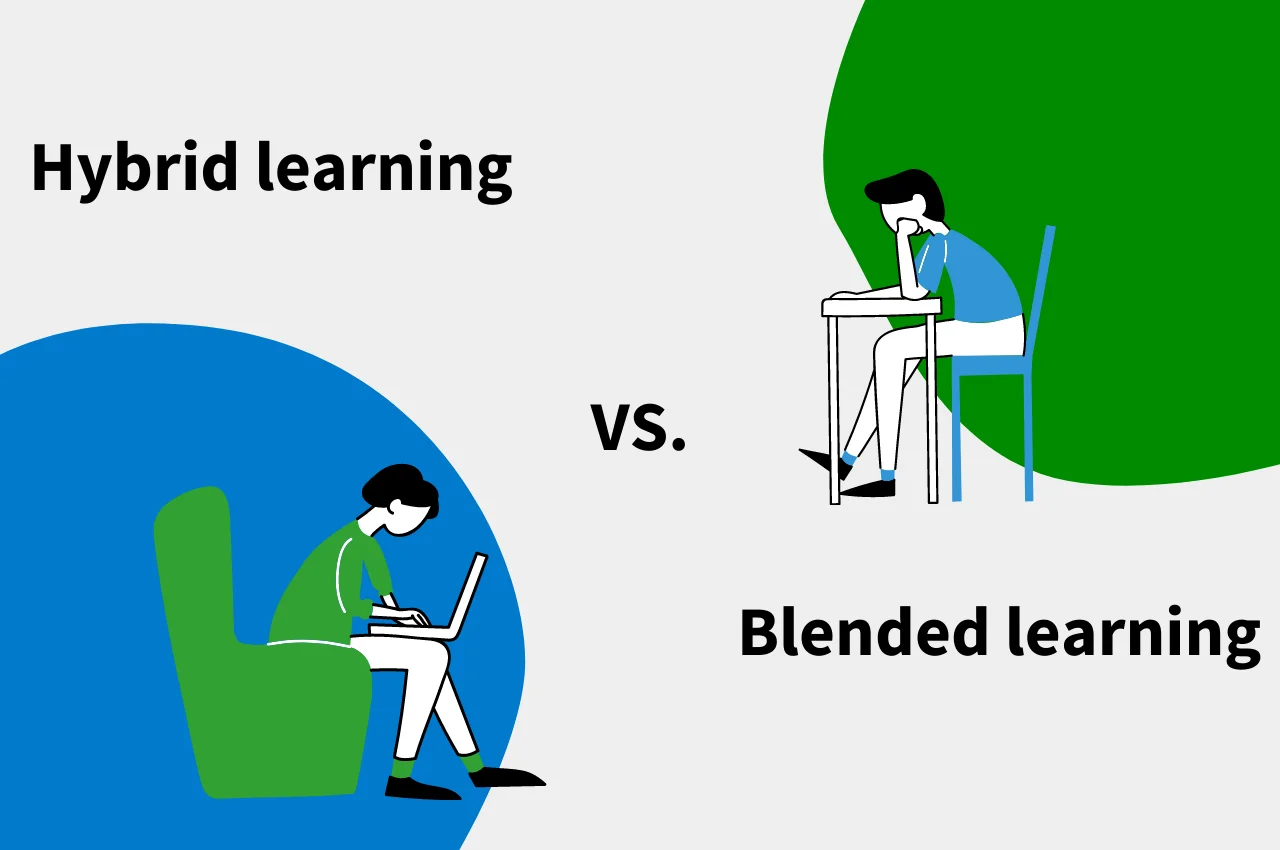
While both models mix online and in-person education, their core philosophies and execution differ. Hybrid learning offers a choice of location for a single learning event, while blended learning offers a designed sequence of modalities for all students.
There’s no one-size-fits-all answer here. The right choice depends on what your school wants to achieve, the resources you have, and what your students need most.
Which Model Is Right for Your Institution?
So how do you choose? By thinking about your main goal.
- Choose Hybrid Learning if your main goal is flexibility and accessibility. This model is ideal for institutions aiming to serve a geographically diverse student body, support students with unpredictable schedules, or provide continuity when in-person attendance isn’t always possible.
Think of a university running seminars for students in different states, or a company training employees scattered across several offices. - Choose Blended Learning if your main goal is pedagogical innovation. This model is ideal for educators seeking to fundamentally redesign the learning experience to be more engaging and student-centered. It prioritizes the learning journey over location flexibility.
Picture a high school science class where students watch videos at home, then roll up their sleeves for experiments in the lab. Or a language course where grammar is tackled online, and real conversations happen face-to-face.
How Vedubox Can Help Overcome The Challenges
To make either model work smoothly, you need a platform that brings everything together. Vedubox does just that, rolling learning management, live virtual classrooms, content sharing, and online exams into one easy-to-use system. It gives teachers the tools they need, keeps students engaged, and lays a solid foundation for today’s classrooms.
Hybrid and blended learning are changing the face of education, giving students more options than ever before. By weighing the pros and cons of each, your school can pick the path that fits best. And with the right tools in place, you’ll be ready to build a learning environment that stands the test of time.
